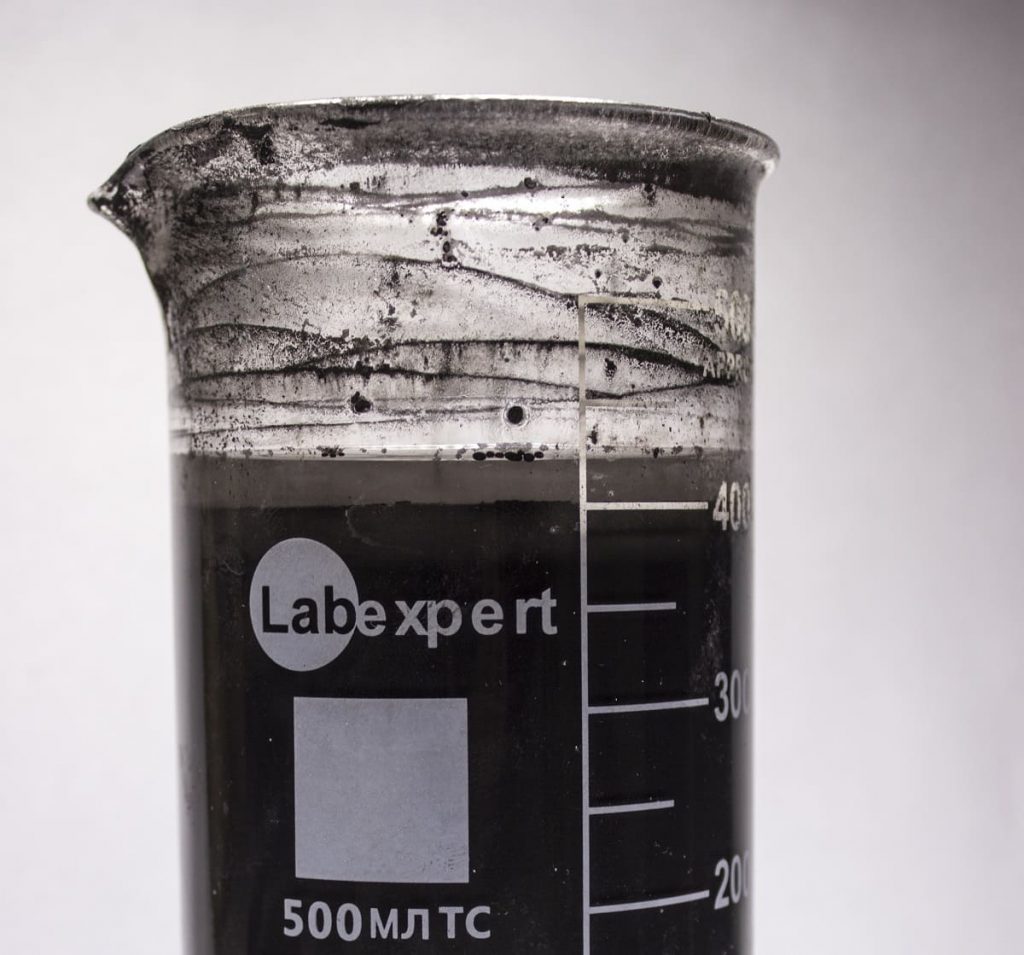THE INFLUENCE OF DISPERSION ON THE COMPONENT COMPOSITION OF PEAT, HUMATES, SAPROPEL
Increasing of earth fertility in agricultural sphere is an essential condition for agronomy, it increases yield, improves soil and has important environmental value.
For its part, there is no worthy alternative of peat replacement for large-scale improvement of agrotechnical nature of soil.
Organic properties of peat consists from humic and fulvic acids, bitumen, cellulose, lignin, and the mineral part of peat mainly consists of silicon, calcium, iron, aluminum and trace elements.
Peat organic substance and its humic acids constituency mostly determined the soil fertility, as resources of physiologically active lipid substances, which increasing processes of a vital signs of a living being.
This process occurs so slowly in the nature, that’s why usage of peat in it’s pure form is effective only with application onto land a big amount of it. It has extremely low return on investment and it’s economically unprofitable. The majority of nitrogen are located in difficult to access form in a humic substance content.
So our task is to ‘activate’ natural peat, and perform a convertation of useful organics and mineral agents to the easy to reach form for the plants.
Foundation of this activation process, as a rule, made destruction process of the cellulose and lignin shell of an organic cell, which contains the necessary nutrients.
Solution
We offer technology of Peat processing with water in the Vortex Layer System AVS for getting from the peat useful organic fertilizer, masses for pelleting seeds of various agricultural crops and highly dispersed peat mass, which is used for application to the soil surface.
Peat which has been processed in the AVS could be used in the agricultural industry as a high quality Fertilizer, for example, to replace part of the mineral fertilizers used in the application of no-till technology, since being produced in a such way fertilizer can be used in liquid form and does not require plowing the soil, unlike natural peat.
Investigations, which were conducted with peat, showed that under processing of peat with water in AVS, its intensive dispersion occurs: the content of particles less than 15 μm in size reaches 80-90%.
The experiments carried out made it possible to establish that the mass content of nutrients and microelements in the treated peat changes sharply in comparison with the initial one upwards.
Thus, the mass content of ammonia nitrogen increases, depending on the type of peat, 4-6 times, and of water-soluble organic matter, 3-7 times. Physicochemical analyzes determined that hydrolytic deamination of free acids occurs during processing. It has been experimentally established that free storage of treated peat at positive temperatures leads on the 10-15th day of storage to a sharp (5-10 times) increase in the mass content of soluble MN nitrogen compounds in it due to a bacterial explosion.
The processed pulp (a mixture of water and peat) in AVS has bactericidal properties, which is very important when growing vegetables in greenhouses.

